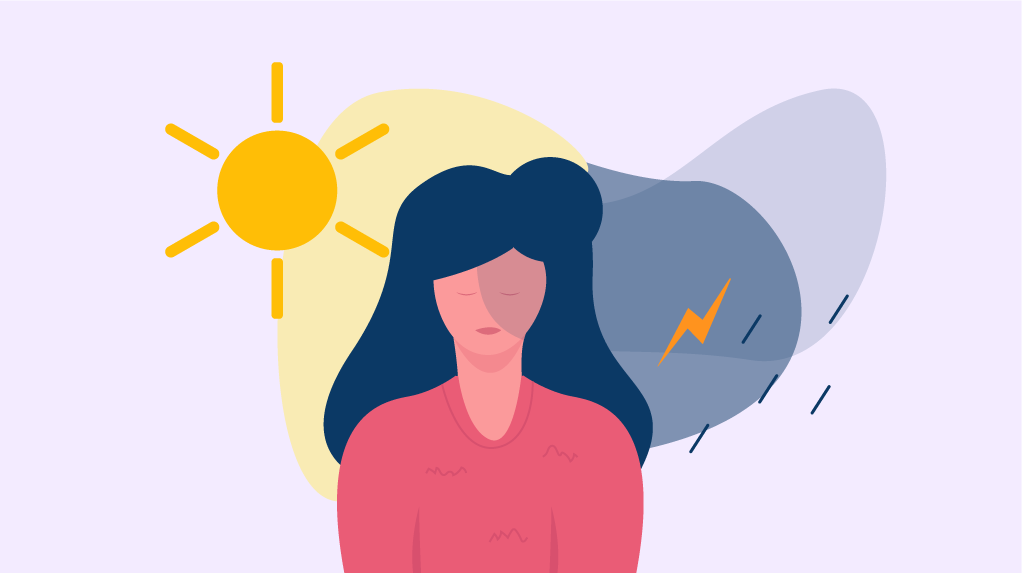Feeling SAD? These Hacks Might Help...
By Gemma Yates
Hands up if you're struggling to get out of bed for your 6am sessions as winter draws in? We feel you – those cold, dark mornings are brutal. But if the seasonal shift is leaving you feeling drained of energy, unmotivated and well, depressed, you might be suffering from Seasonal Affective Disorder.
Also known as SAD, the NHS describes Seasonal Affective Disorder as 'a type of depression that comes and goes in a seasonal pattern. SAD is sometimes known as "winter depression" because the symptoms are usually more apparent and more severe during the winter.' Less sunlight during the winter months is thought to stop a part of the brain called the hypothalamus from working properly. This affects the production of mood-regulating hormones such as serotonin and melatonin and disrupts our body's internal clock, also known as our circadian rhythm.
According to the NHS, 1 in 15 people in the UK are likely to suffer from SAD, with women being four times as likely than men to be affected. While some cases are mild, some can be debilitating, with symptoms including…
- Persistent low mood
- Loss of pleasure or interest in normal activities
- Feelings of despair, guilt and worthlessness
- Lacking in energy and feeling sleepy during the day
- Sleeping longer and finding it hard to get up in the morning
- Craving stodgy carbs and gaining weight
- Difficulty concentrating
- Decreased sex drive
Even those of us without the condition can experience a dip in mental health during the winter months. While you should always make an appointment to see your GP if you're struggling to cope with SAD symptoms, there are a few things you can do to help…
Don't Skip a Workout
Obviously we're biased, but the science backs it up: exercise releases feel-good endorphins in the brain, which is why the National Institute for Health and Care Excellence (NICE) recommends that people suffering with mild to moderate depression exercise around 3 times per week. So as tempting as it is to snooze your alarm or skip an after-work session in the winter, it's only going to make SAD symptoms worse.
Get Outside
Daylight hours are in short supply, so you've got to be savvy about getting your fix. Schedule walks into your diary so they become non-negotiable, whether it's first thing or a lunchtime stroll.
Upgrade Your Environment
Make your home and work spaces as light and airy as possible. Keep the curtains open and position your desk near a window if possible. Plants, flowers, candles and bright art will all give you an instant mood boost.

Try Light Therapy
Make those early mornings a little easier and ease SAD symptoms with a sunrise alarm clock or give yourself a serotonin boost by adding a SAD light to your work set up.
Get Some Vitamin D
Less sunshine and shorter days make it harder to get a natural hit of vitamin D in the winter, and low levels can result in a low mood. While you can take a vitamin D supplement, it's always best to try and up your levels using whole foods – think eggs, fatty fish, milk and yoghurt.
Balance Your Blood Sugar Levels
A drop in blood sugar levels results in the production of stress hormones cortisol and adrenaline. Cortisol is linked to SAD, so keep blood sugar levels stable by eating every three hours or so. People with SAD often crave carbs during the winter, but a higher intake of refined carbs, sugar and caffeine can make mood swings worse.
